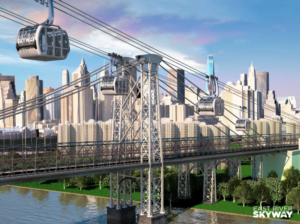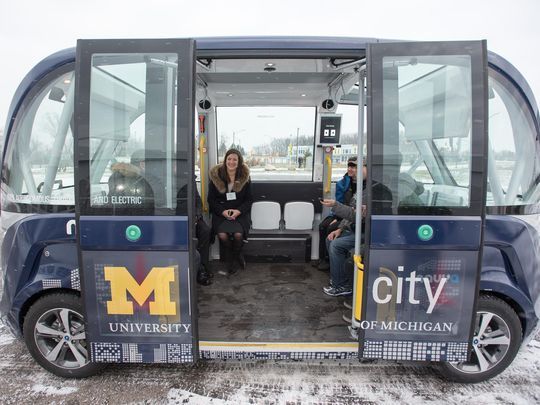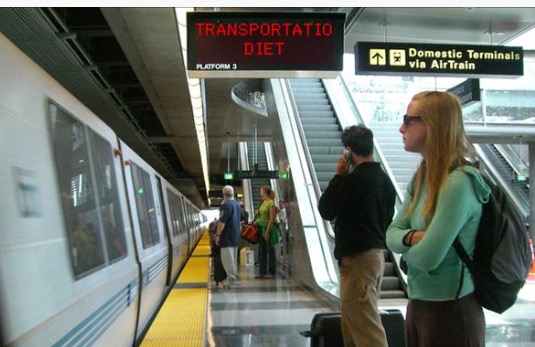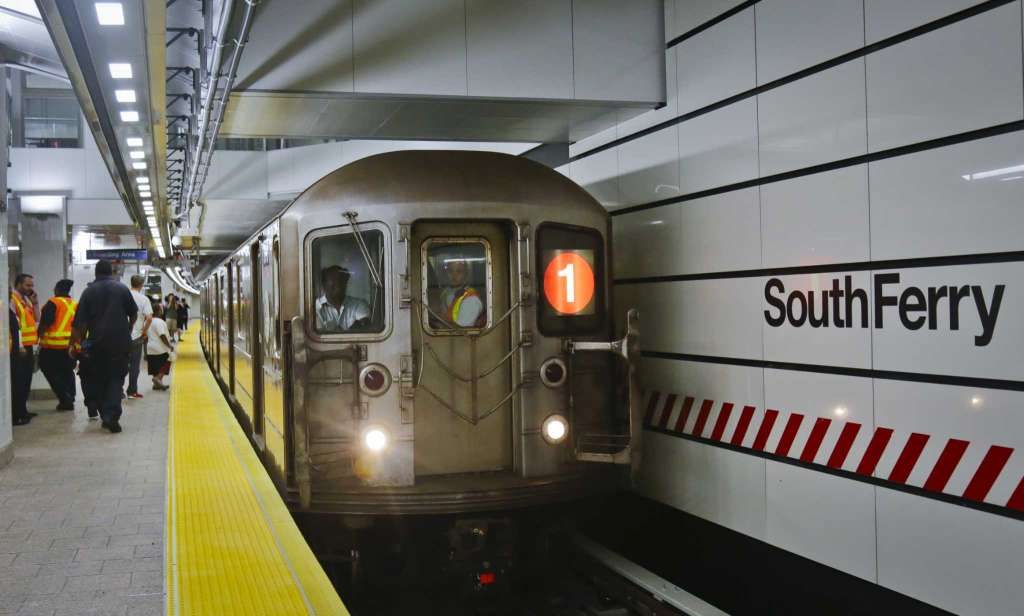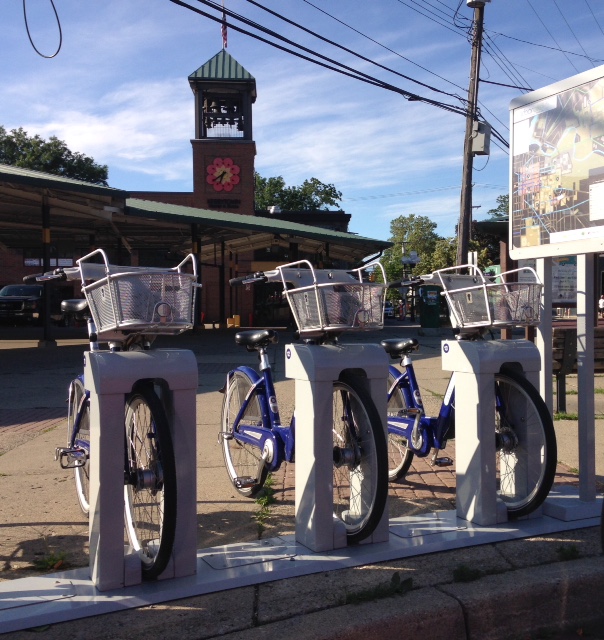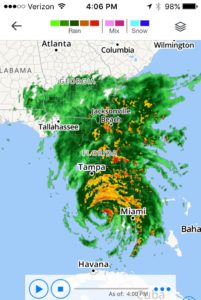
How Hurricane Irma looked on Sunday afternoon.
This will be a hurricane season that residents of Texas and Florida will long remember. Just as Houston began the long process of cleaning up from Hurricane Harvey, Miami and cities on Florida’s west coast were hit full force this weekend by Hurricane Irma.
And no one can yet relax. Hurricane Jose is still on the way.
In each case, citizens had plenty of advance notice if they wanted to leave. They were told that massive flooding was possible, and that strong winds could do serious damage.
And, in each case, the storms revealed a variety of transportation vulnerabilities, from the air to the roads to the rails (or lack of them). Authorities could tell people to go, but they couldn’t make it quick or easy for them to evacuate.
All weekend, there were complaints on social media that gas was scarce for evacuees in Florida, in part because of shortages caused by Harvey.
There have been numerous stories about the number of cars that will have to be declared totaled in Houston due to water damage, with 100,000 insurance claims already filed, and estimates of as many as 1 million lost.
In each case, the storms slammed into parts of the country where public transportation takes a back seat to freeways and cars. Continue reading

